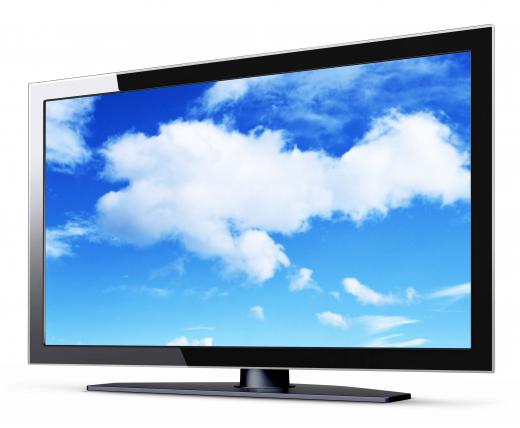Determining the amount of electricity a computer uses can be a somewhat complicated task, since it depends on what type of equipment a person has and what applications he is running. Typically, the amount of electricity a computer uses is between 65 watts and 250 watts. The monitor often needs between 35 watts and 80 watts as well. Most desktop computers have a label that lists how much power they need, but this is generally the theoretical maximum and not an average representation.
Desktop computers with faster processors use more electricity than computers with slower ones. LCD monitors only use about half of similarly sized CRT monitors, however. Accessories and peripherals, such as cable modems, routers, or webcams, contribute to a slight increase in how much power a computer uses as well.

Regardless of what type of computer a person owns, the type of work he does on that computer makes a difference in electrical consumption. Using a computer to edit digital pictures, design a website, or play a video game uses more power than reading email or completing simple word processing tasks. In addition, the amount of electricity a computer uses significantly increases when it is connected to the Internet.
One common misconception is that using a screensaver saves power, but this is not true. Its series of moving images is aimed at protecting the screen from having a static image ingrained into it.

People who are worried about high utility bills will find that a better option is to leave the computer in standby mode when it's not being used. In standby mode, a computer uses approximately 6 watts of electricity and the monitor’s electrical consumption drops to almost nothing. Of course, it's even cheaper to turn the computer completely off when it won't be used for several hours at a time.

Although many people prefer laptops because of their added convenience, it is interesting to note that a laptop computer can also result in a significant energy savings. Most laptops use between 15 watts and 45 watts. Switching to a laptop may be a smart decision for someone who is concerned about how much energy a computer uses.
